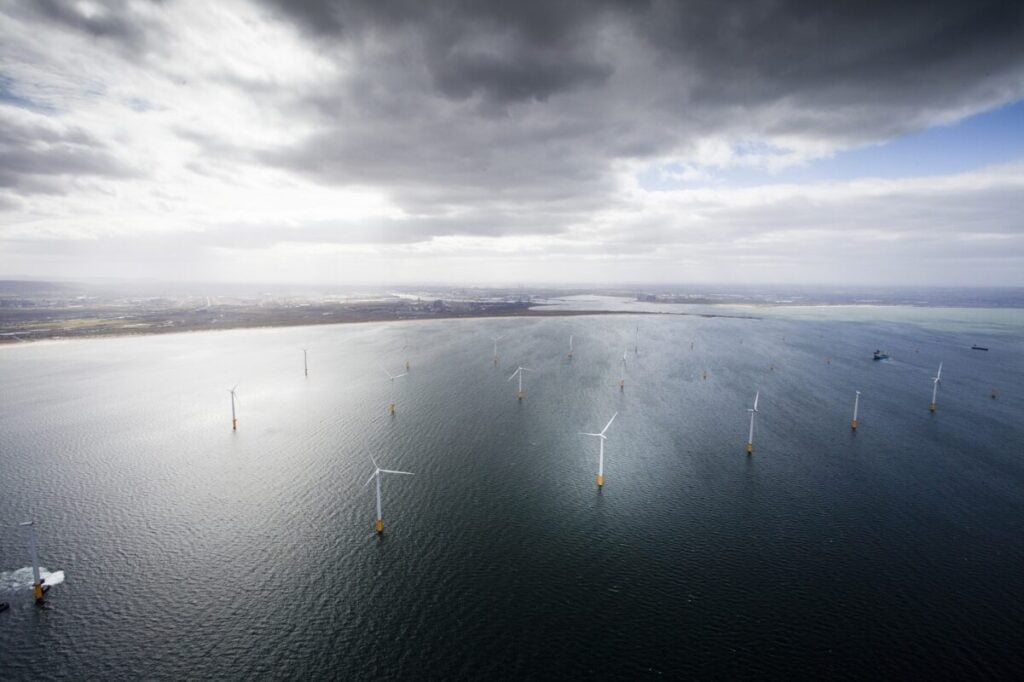Think tank the Alan Turing Institute published a report last week (20 June) detailing that the UK’s vast offshore wind farm arsenal is vulnerable to cyberattacks, threatening the security of energy supply.
The Enhancing the Cyber Resilience of Offshore Wind report states that wind farms are particularly at risk of cyberattacks primarily due to their remote location. This means they require more digital infrastructure to communicate with onshore systems.
These systems are often older software and communication systems that are not designed with cybersecurity in mind.
Integrating modern digital solutions with older legacy infrastructure can increase susceptibility to cyberattacks, the report highlights. However, artificial intelligence (AI) and intelligent automation can strengthen these systems by helping human operators recognise and predict threats to offshore wind.
The UK has the largest offshore wind capacity globally and the technology is set to play a pivotal role in the nation’s net zero goals. Therefore, it is crucial to ensure that wind farms are technologically capable of deterring cyberattacks.
Cybersecurity has become a key aspect of the transition as the globe turns to a more digitalised society and energy system. In 2022, Current± spoke with Steven O’Sullivan, head of cyber services at Enzen, about the increased risk of cybersecurity attacks in the energy sector.
It is also worth noting that in 2021, the UK’s energy sector was the target of 24% of all cybersecurity incidents in the country, according to research by IBM Security.
The research was jointly published by The Alan Turing Institute’s Centre for Emerging Technology (CETaS) and Data Centric Engineering (DCE) programme.
Anna Knack, lead researcher for CETaS and report author, said: “As offshore wind becomes a larger part of the UK’s energy supply, it is essential that more is done to protect it from disruption and cyberattacks.
“New regulation, innovative technical solutions and international collaboration across sectors will be crucial to making these systems more resilient in the future and ensuring the nation can safeguard its access to an important source of renewable energy.”






